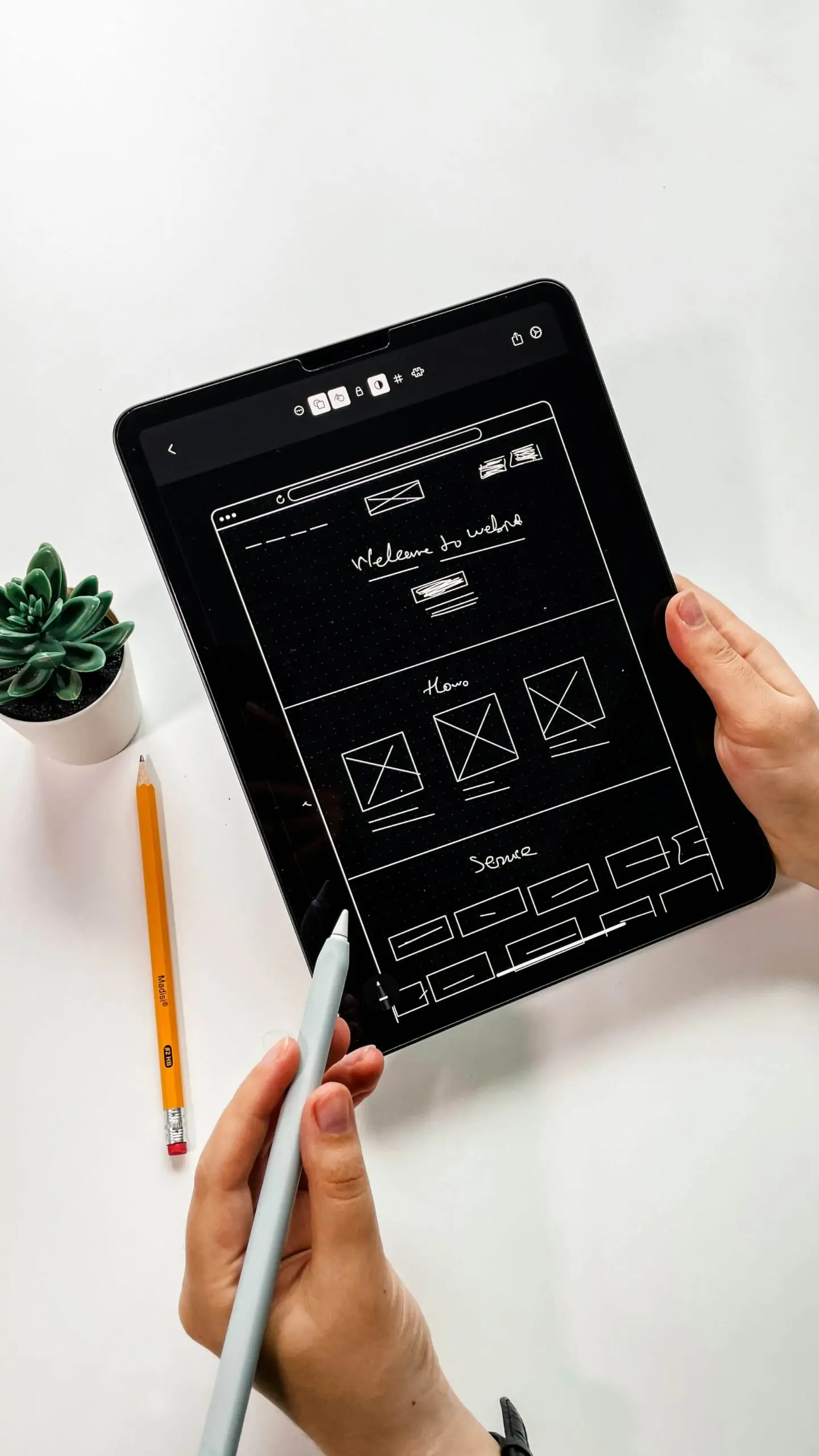February 18, 2024
How to Conduct User Research for UX Design: A Comprehensive Guide
- Visual Soldiers
- UX/UI Design
- minute read

In the world of UX design, understanding your users isn’t just a part of the job—it’s the essence of creating products that resonate. Whether you’re a seasoned UX designer or just dipping your toes into the digital design waters, conducting effective user research is pivotal. But how exactly do you embark on this journey of discovery? Let’s dive in.
Understanding the Role of User Research in UX
User research is the systematic investigation of your users’ needs, behaviors, experiences, and motivations. It’s about stepping into their shoes to grasp the ‘why’ behind their actions. But do UX designers really need to don the researcher’s hat? Absolutely. Engaging directly with user research empowers designers with insights that drive empathy and innovation, leading to products that truly connect.
The Five Steps of UX Research
Embarking on UX research might seem daunting at first, but it can be distilled into five actionable steps:
- Define Your Objectives: Clearly articulate what you want to learn. Is it to understand user behavior, validate a concept, or identify pain points?
- Choose Your Methods: Depending on your goals, select from a variety of research methods. Surveys, interviews, usability testing, and ethnographic studies are just the tip of the iceberg.
- Recruit Participants: Find users who represent your target audience. This step is crucial for gathering relevant insights.
- Collect Data: Execute your chosen methods with precision. Ensure you’re observing, listening, and questioning without bias.
- Analyze and Act: Sift through your data to uncover patterns and insights. Then, translate these findings into actionable design decisions.
Conducting User Research: A Closer Look
How do you conduct user research in UX?
It starts with empathy and ends with analysis. Engage with your users through methods that allow you to witness their interactions with your product in real-time or through reflective exercises. Tools like user personas, journey maps, and empathy maps can help synthesize your findings into actionable insights.
The UX Designer's Role in User Research
So, do UX designers do user research? They certainly do, and it’s a non-negotiable part of creating user-centered designs. While not every designer will conduct in-depth statistical analysis, having a hands-on role in the research phase is invaluable. It ensures that the solutions devised are not just creative but are deeply rooted in real user needs.
Crafting Your UX Research Plan
How do you create UX research? It begins with curiosity and a strategic framework. Start by identifying the key questions you need answers to. Then, select research methods that best suit your objectives, timeline, and resources. Remember, the goal is to illuminate the path to a design that users will love, not just use.
Learning from Others
In your quest to master UX research, it’s beneficial to learn from the successes and mistakes of others. For instance, avoiding common pitfalls in accessibility can significantly enhance user experience. Dive into “Top 10 Accessibility Mistakes in UX/UI Design to Avoid” to ensure your designs are inclusive and user-friendly.
Equally, understanding the broader strokes of UX design can enrich your research approach. “The Art of User Experience Design: Crafting Seamless Digital Experiences” offers insights into creating digital experiences that users adore. These resources can be your guideposts as you navigate the complex yet rewarding landscape of UX design.
Conclusion
Learning how to conduct user research for UX design is an art and science, requiring a blend of empathy, curiosity, and analytical thinking. As UX designers, our mission is to uncover the stories behind the data, bringing to life designs that not only meet user needs but exceed their expectations. By following a structured approach to user research, we pave the way for innovations that are truly user-centric.
Remember, the journey of understanding your users is ongoing. Each project brings new challenges and learning opportunities. So, keep asking questions, keep learning, and most importantly, keep designing with the user in mind.



